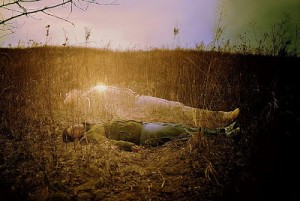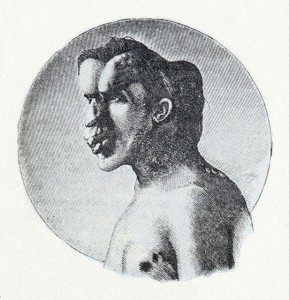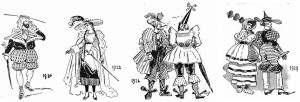Boy Remembers Past Life – Implicates His Murderer
This is one of those reincarnation stories that is so amazing that it’s hard to believe…
3-Year-Old Remembers Past Life, Identifies Murderer and Location of Body
By Tara MacIsaac, Epoch Times
“A 3-year-old boy in the Golan Heights region near the border of Syria and Israel said he was murdered with an axe in his previous life. He showed village elders where the murderer buried his body, and sure enough they found a man’s skeleton there. He also showed the elders where the murder weapon was found, and upon digging, they did indeed found an axe there.
In his book, “Children Who Have Lived Before: Reincarnation Today,” German therapist Trutz Hardo tells this boy’s story, along with other stories of children who seem to remember their past lives with verified accuracy. The boy’s story was witnessed by Dr. Eli Lasch, who is best known for developing the medical system in Gaza as part of an Israeli government operation in the 1960s. Dr. Lasch, who died in 2009, had recounted these astounding events to Hardo.
The boy was of the Druze ethnic group, and in his culture the existence of reincarnation is accepted as fact. His story nonetheless had the power to surprise his community.
He was born with a long, red birthmark on his head. The Druse believe, as some other cultures do, that birthmarks are related to past-life deaths. When the boy was old enough to talk, he told his family he had been killed by a blow to the head with an axe.
It is customary for elders to take a child at the age of 3 to the home of his previous life if he remembers it. The boy knew the village he was from, so they went there…”
For the complete article click here.
Share


